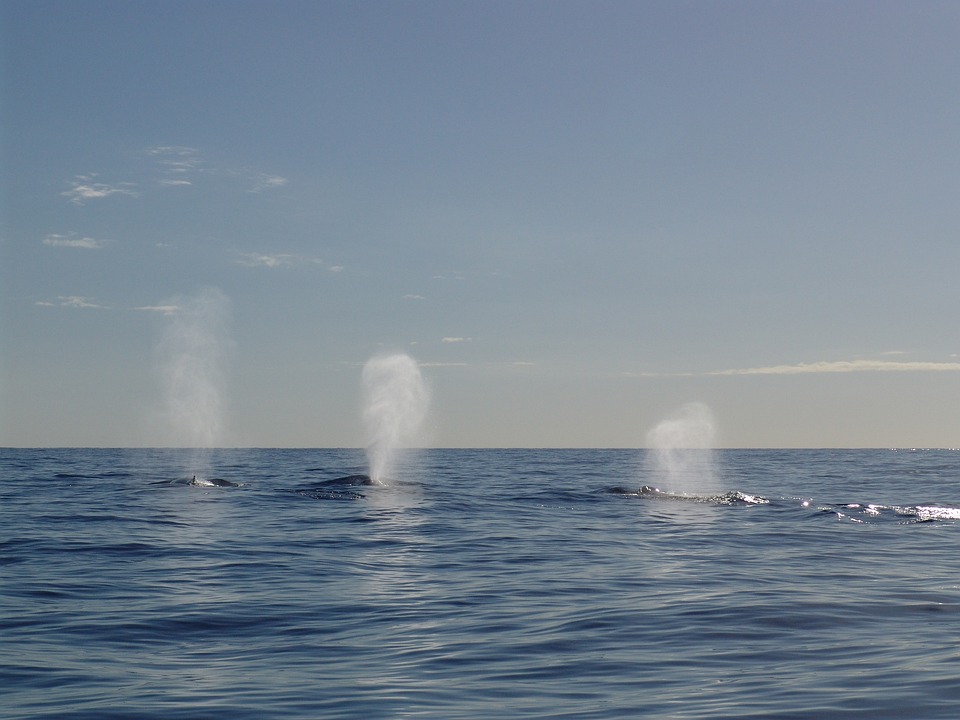A Closer Look at Cheetahs: Unique Aspects That Make Them Stand Out
Cheetahs hold a deep fascination for many of us. They are as fast as we could ever imagine, as agile as any athlete, and as endangered as the most vulnerable of species. But what is it that makes cheetahs unique? Let’s take a closer look and discover the exciting features that truly set these felids apart.

Unmatched Speed
Speed is a major highlight in the cheetah’s story. Cheetahs are the fastest land animals on the planet, capable of reaching speeds up to 70 mph (112 km/h) in short bursts covering distances up to 1,500 ft (460 m), and they can accelerate from 0 to 60 miles per hour in just a few seconds! Their incredible speed, combined with their keen eyesight, is their greatest asset when it comes to hunting.
Unique Coloring and Spots
Just as captivating as a cheetah’s speed is its unique coloring and spots. Each cheetah has a unique pattern, much like a human fingerprint. These spots serve as excellent camouflage while the cheetah is on the hunt, and they also have a specific role in regulating their body temperature.
Adapted Bodies for Supersonic Sprinting
Every aspect of the cheetah’s body is designed for speed. From their lightweight and streamlined body to their long tails and lean, muscular legs, these adaptations allow them to reach high speeds with unmatched efficiency.
Strong Senses
Even though cheetahs are on the smaller side, when it comes to their senses, they are anything but! Their eyesight is exceptionally sharp, especially daytime vision, and their hearing and smell are well-attuned too. They also have tear marks on their face, which serve an important function – to reflect sunlight and protect their eyes, thus maintaining clear vision for high-speed hunts.
Evolutionary Quirks
Cheetahs are often considered outliers in the feline family tree due to their close relationship with other big cats, yet also significant differences. Genetic studies revealed that thousands of years ago, cheetah ancestors lost most of their genetic diversity because of a bottleneck event, which intensified their vulnerability to disease and reproductive issues today.
Endangered and Tenuously Tied to Survival
The cheetah, the most vulnerable big cat species, will need our protection for survival. Fewer than 8,000 cheetahs remain in the wild today due to habitat loss, poaching, and human-wildlife conflict. Fortunately, efforts are underway to safeguard the future of these magnificent creatures.
FAQs about Cheetahs
Q1: Where do cheetahs live?
A1: Cheetahs are indigenous to Africa and can also be found in small parts of Iran. They prefer areas where there’s sufficient cover for stalking but open land for sprinting.
Q2: What do cheetahs eat?
A2: As carnivorous predators, cheetahs primarily feed on small to medium-sized ungulates (hoofed mammals). In South Africa, their diet is mostly made up of impalas, springboks, and gazelles.
Q3: Why are cheetahs endangered?
A3: Cheetahs face threats such as habitat loss, human-wildlife conflict, and a low genetic diversity which makes them more susceptible to diseases. Poaching and illegal wildlife trade also harm their population.
Q4: Are cheetahs social animals?
A4: Unlike many big cats, cheetahs are somewhat social and may be found in groups called coalitions, typically composed of brothers from the same litter.
Q5: How do cheetahs raise their young?
A5: After a gestation period of about 90-95 days, a mother cheetah will give birth to a litter of 3-5 cubs. The cubs are weaned by 3-4 months, but the males often leave their mothers’ territories before that.
In conclusion, the intriguing qualities that make cheetahs unique, including their impressive speed, curious physical characteristics, fortuitous body design, and critical position within the ecosystem, capture our scientific curiosity and urge us to preserve their future. As the only extant species in their entire genus, cheetahs deserve our utmost attention and care for continued survival. Their story reminds us of the fragile yet remarkable interplay of evolution within nature’s theater.


